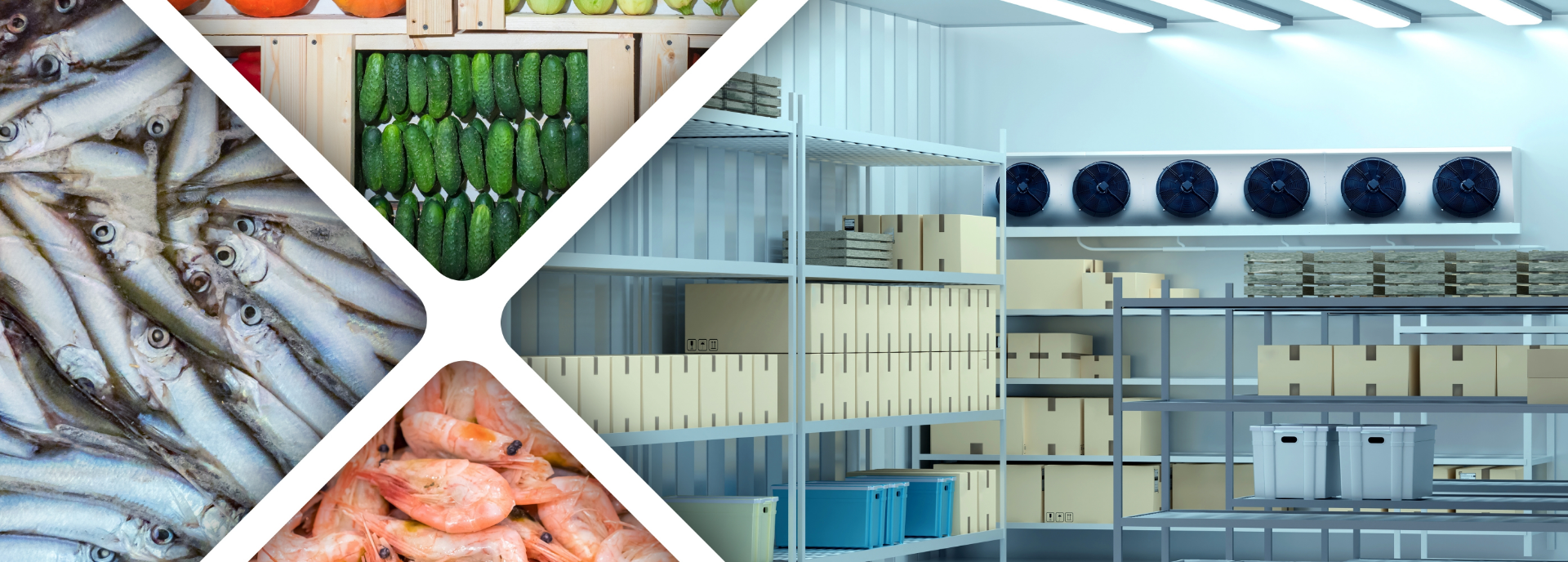
COVID-19 showed up Singapore’s strengths and vulnerabilities. While the government’s handling of the pandemic received global accolades, the massive disruptions to life as we know it also accentuated Singapore’s weaknesses, including its heavy reliance on imports for food. Clearly, there is urgency for the city-state bolster its food resilience.
The “30x30” initiative is designed to develop Singapore’s agri-food industry’s capability and capacity to sustainably produce 30% of its nutritional needs by 2030. This goal also features in the Singapore Green Plan 2030, and will help build a more resilient food future, according to the Singapore Food Agency. But the 30x30 plan, even when fully realised, will still see a 70% shortfall of the city-state’s domestic food needs. In the meantime, with geopolitical tensions and climatic changes, Singapore, like other countries, is constantly exposed to the growing number of supply shocks and disruptions.
Food shortage is an existential problem. Globally, humanity is facing the challenge of securing a sustainable food supply for an ever-growing populace and mitigating the adverse effects of climate change, which in turn affect food production and distribution. The United Nations forecasts the global population to reach 8.6 billion by 2030, 9.8 billion by 2050, and 11.2 billion by 2100. For Asia, where the population is expected to expand exponentially, the number of people is predicted to top 4.9 billion by 2030, 5.3 billion by 2050, and 4.7 billion by 2100. There is urgency to take action now, to strengthen food resilience, even as the geopolitical unrest, economic volatility and effects of global warming are also areas of ongoing concern.
In Asia, where a sizeable portion (34%) of land is agrarian, food items often travel long distances to reach their intended consumers. Heat and humidity can cause the degradation of their quality, and it is common for perishables such as fruits and vegetables to be withdrawn from the market due to spoilage. Refrigeration, or cold storage, is one of the foremost components in the cold chain infrastructure for food preservation, with temperature playing the most important role for sustaining the quality of products. This was the theme of an Ideation Roundtable on “Transforming Food Supply Chains for a Sustainable Tomorrow”, part of the Asia Infrastructure Forum, which took place in Singapore in June 2024. The panellists, all food supply chain experts, highlighted three areas that food supply chains need to build upon, to ensure long-term food security and resilience across Asia.
1) Strengthening cold chain infrastructure
Perishables, ranging from vegetables and fruits to dairy products, fish and marine items and meats, will deteriorate quickly if they are not kept at optimal temperatures. Yet, in agriculturally rich nations like Vietnam, only an estimated 14% of farmers use cold chain infrastructure. This has led to losses of up to 31% of fruits and vegetables as a result of improper transport and storage, compared to Southeast Asia’s average losses of 15%.
Effective refrigeration across the supply chain would improve the rates of food preservation, highlighted the panellists. Technology can be used, such as to provide real-time temperature surveillance through sensors and also to enable automatic adjustments when temperatures deviate from the acceptable limits during storage and transit.
As supply volume and scale tend to be unpredictable as they themselves are affected by factors including climate fluctuations, pest infestations and more, technology, such as data analytics, can be used to help with the predictions, in order to optimise cold storage.
2) Building traceability and predictability
Traceability and predictability can help to bolster food resilience, and ensure that important supplies like medicine can be accessed quickly.
Traceability systems allow stakeholders to monitor the journey of food products from farm to table, providing a detailed account of each item’s origin, processing, and distribution history. By documenting essential data such as batch numbers, production dates, and handling procedures, the systems can transparently enhance accountability and consumer trust in the safety and quality of food products.
Traceability also addresses food wastage challenges, which is an important aspect of a sustainable food system. Better visibility into the supply chains can help pinpoint and address inefficiencies that may cause resources to be wasted.
Already, technology tools such as barcodes, RFID tags, GPS tracking, and blockchain are being used across industries, to transform and update supply chain operations. As more sophisticated technology becomes available, the panellists reinforced the need to tap on the most relevant technology, to more accurately predict trends, demand fluctuations, and potential supply chain disruptions. Scenario planning and simulations can better equip stakeholders for future challenges, such as optimising stockpiling, which supports food resilience and minimises wastage.

3) Investing in regional, integrated transport connectivity
Strong transport connectivity is an integral part of a viable food supply chain. Often complex, multimodal and cross-boundary transport logistics involve a myriad of players between the food producers and consumers. Understanding the interconnections between production, distribution, and consumption is vital for building a resilient and responsive transportation network. Mapping the connections can help prioritise the strategic investments, to create a more streamlined flow of goods. This includes not just the physical infrastructure but also information sharing and collaboration among the stakeholders, said the panellists. Effective political cooperation between countries will be critical for cross-border infrastructure to function optimally.
Currently, Asia’s cold chain industry remains fragmented, with partnerships between global and regional players being the exception rather than the norm. Regulatory frameworks could be examined, to incentivise such partnerships, they suggested.
As countries shift gears into post-COVID recovery, the regional development of new systems and infrastructure will be a cornerstone of sustainable progress. A strong food supply chain, with cooperation across Asia, will go a long way to develop sustainable food security and shore up food resilience.